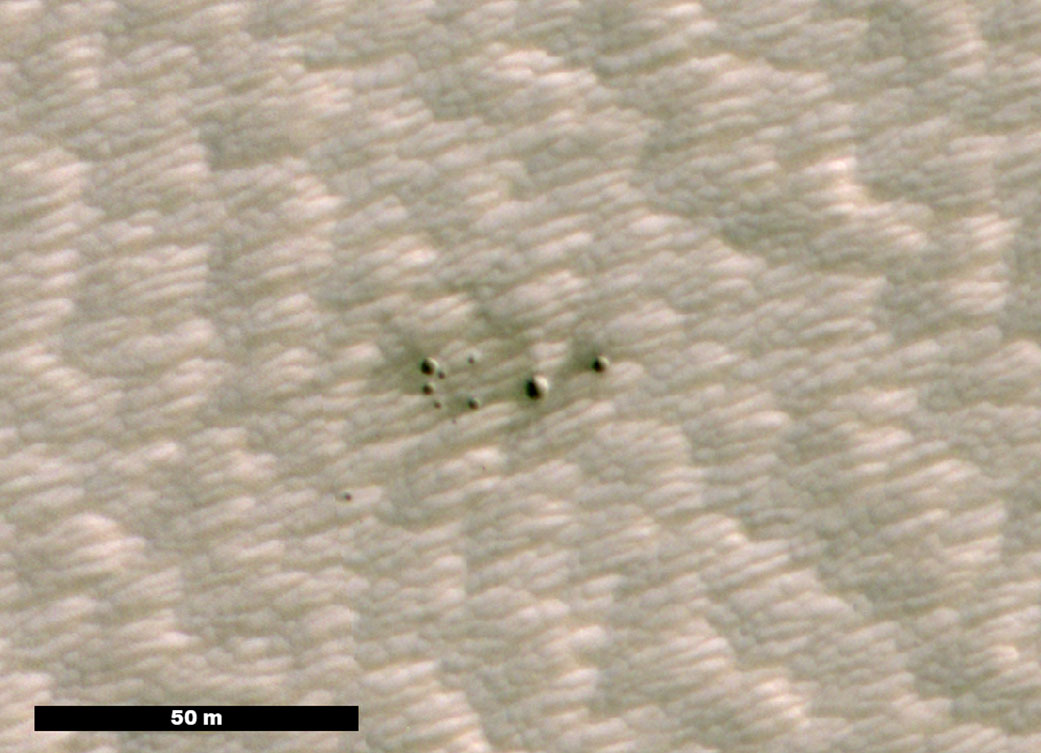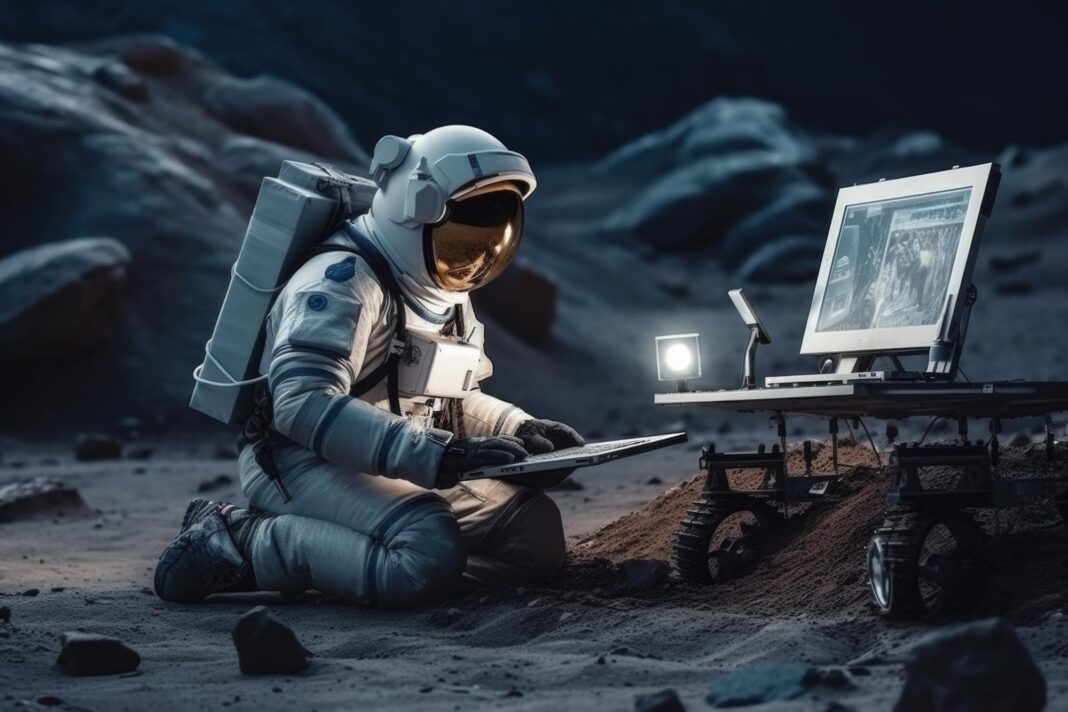The rise of Artificial Intelligence has spurred all kinds of ambivalent discussions, from the loss of jobs to the improvement of productivity and the rise in global GDP. But beyond the archetype ChatGPT writing emails or, perhaps, generating your Ghilbi art for the gram, there exists a promising use case that AI entails: accelerating scientific research.
In space exploration, this silent revolution has already been set in motion, and fortunately, we have the primary prerequisite ready for it to bear fruit: petabytes (even more) of observatory data that is, quite literally, lying around, yearning to be explored. Can AI, with its inherent ability to process cumbersome data rapidly and identify complex patterns, be a game changer for space exploration shortly?
The Data Deluge and Dormant Archives
As of 2025, NASA’s science data holdings surpass 100 petabytes of data, about 20 million photos stored on your phone. If that wasn’t enough, the growing fleet of observational instruments, from telescopes to satellites and rovers, is filling up the hard drives at every moment.
A space telescope expected to survey 450 million galaxies, SPHEREx, was launched in March 2025. Recently, the long-awaited Vera C. Rubin Observatory was inaugurated, which is expected to take 1,000 images of the southern hemisphere sky every year.
Data from such ever-growing observatory missions will be gathered on top of enormous, dormant archives — the depth of which we are yet to explore. The Kepler Space Telescope, for example, recorded the brightnesses of over 150,000 stars. Although the mission formally ended in 2018, scientists are still peering through its vast light curve dataset.
Revisiting The Past With AI
What even is taking so long? Well, the challenge certainly isn’t our lack of curiosity; the problem lies in manual inspection, and at large, human comprehension has its limits. Something as simple as analysing an image of Mars to identify a crater could take three-quarters of an hour. However, in 2020, NASA used a machine learning algorithm to discover fresh Martian craters for the first time.

The AI, like a lightning bolt, unearthed dozens of craters hiding in the previous image data, taking an average of 5 seconds. “The data was there all the time, it’s just that we hadn’t seen it ourselves,” said Kiri Wagstaff, a computer scientist at NASA’s Jet Propulsion Laboratory and one of the leaders of the research team.
For decades, mapping molecular clouds — even the closest ones in our galaxy — has been a tedious endeavor for astronomers, because they are invisible and can only be detected through faint radio signals.
In 2023, a team led by Dr Shinji Fujita at Osaka Metropolitan University used AI to process vast carbon monoxide datasets from the Nobeyama 45-meter radio telescope. The AI not only identified 140,000 molecular clouds in the Milky Way but also estimated the distance of each of these clouds with 76 percent accuracy. Using these results, the researchers successfully mapped their distribution in the most detailed manner to date.
Besides just looking at data, though, Artificial Intelligence can propose innovative solutions. Over a century ago, Einstein theorized gravitational waves, yet they were directly detected only in 2016, due to a lack of available detectors.
Dr Mario Krenn, head of the research group ‘Artificial Scientist Lab,’ who finally built those detectors, later developed the AI ‘Urania’ to find better designs for such detectors. Urania, by revisiting various prototypes, was able to find many novel designs that outperformed the best-known next-generation detectors. “We discovered dozens of new solutions that seem to be better than experimental blueprints by human scientists. We asked ourselves what humans overlooked in comparison to the machine,” said Krenn.
The Future Of Space Exploration With AI
Such examples are testament to the complementary abilities of AI, and, similarly, in the last few years, various AI use cases have been proposed and implemented. NASA’s 2024 AI inventory consists of solutions ranging from classifying soil to predicting seasonal variations on Mars.
Envisioning a step further, with the power of Artificial General Intelligence (AGI) in the air, one could expect AI systems to be smarter, doing more than just predictions. Missions might be designed with autonomous decision-making in mind. Deep-space probes may soon use onboard AI to respond to unexpected events without waiting for instructions from Earth. Beyond technical tasks, according to experts at ESA, future systems could understand emotions, interact naturally, and provide psychological support to astronauts during long missions.
Conversely, the wide use of Artificial Intelligence has also revealed various challenges, primarily the accuracy and quality of training data used in the first place. We certainly wouldn’t want our autonomous AI rocket to land on Jupiter instead of Mars, just because of some flaw in the training data.
Another notable challenge lies in the hefty energy requirement to keep AI systems running, which can be unsustainable for deep space missions where every resource is critical. Hence, successful implementation would largely depend on the mitigation of these shortcomings.
Finally, without a doubt, as data volumes continue to swell and our missions grow more complex, it’s becoming clear that human intelligence may not be enough. To reach the next frontier, we certainly will need to bring a different kind of intelligence with us.
References:
https://www.nasa.gov/organizations/ocio/dt/ai/2024-ai-use-cases/
https://blogs.esa.int/exploration/the-power-of-ai-in-space-exploration/
https://www.jpl.nasa.gov/missions/spherex
https://rubinobservatory.org/about
https://www.earthdata.nasa.gov/news/feature-articles/from-petabytes-insights-tackling-earth-sciences-scaling-problem
https://www.wired.com/story/nasa-is-training-an-ai-to-detect-fresh-craters-on-mars/
https://www.nasa.gov/missions/insight/nasas-insight-finds-marsquakes-from-meteoroids-go-deeper-than-expected/
https://www.sciencedaily.com/releases/2023/03/230301101541.htm
https://www.sciencedaily.com/releases/2025/04/250415143817.htm
More from this author: Nuclear Fusion: The Urgent Solution to Our Climate Emergency and Clean Energy Needs

Wijdan Ali is a high school student at The City School PAF Chapter. Organising events like Hypercube, he has always been driven to spread the scientific spirit. Wijdan is ferociously curious about the universe and interested in emerging technologies. Combining both, he hopes to contribute to academic research.

